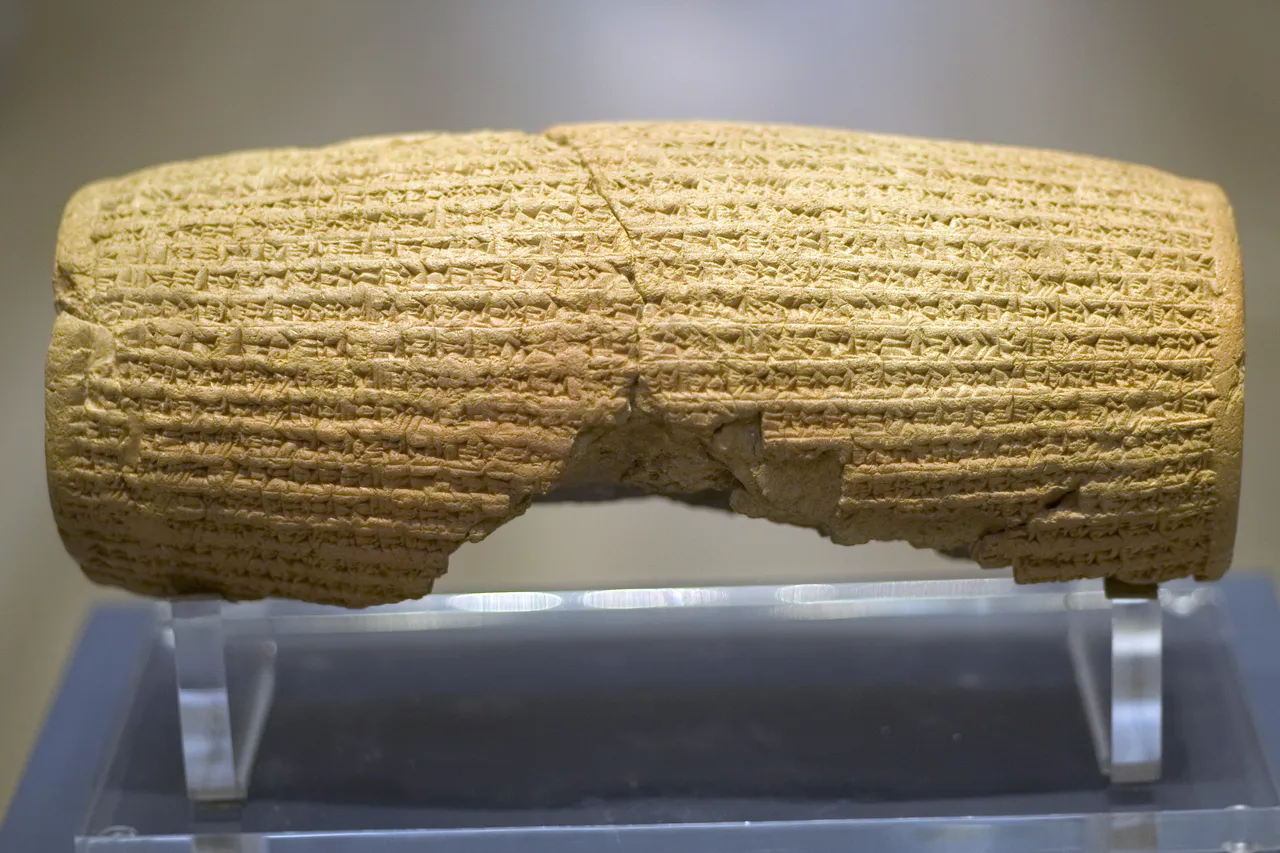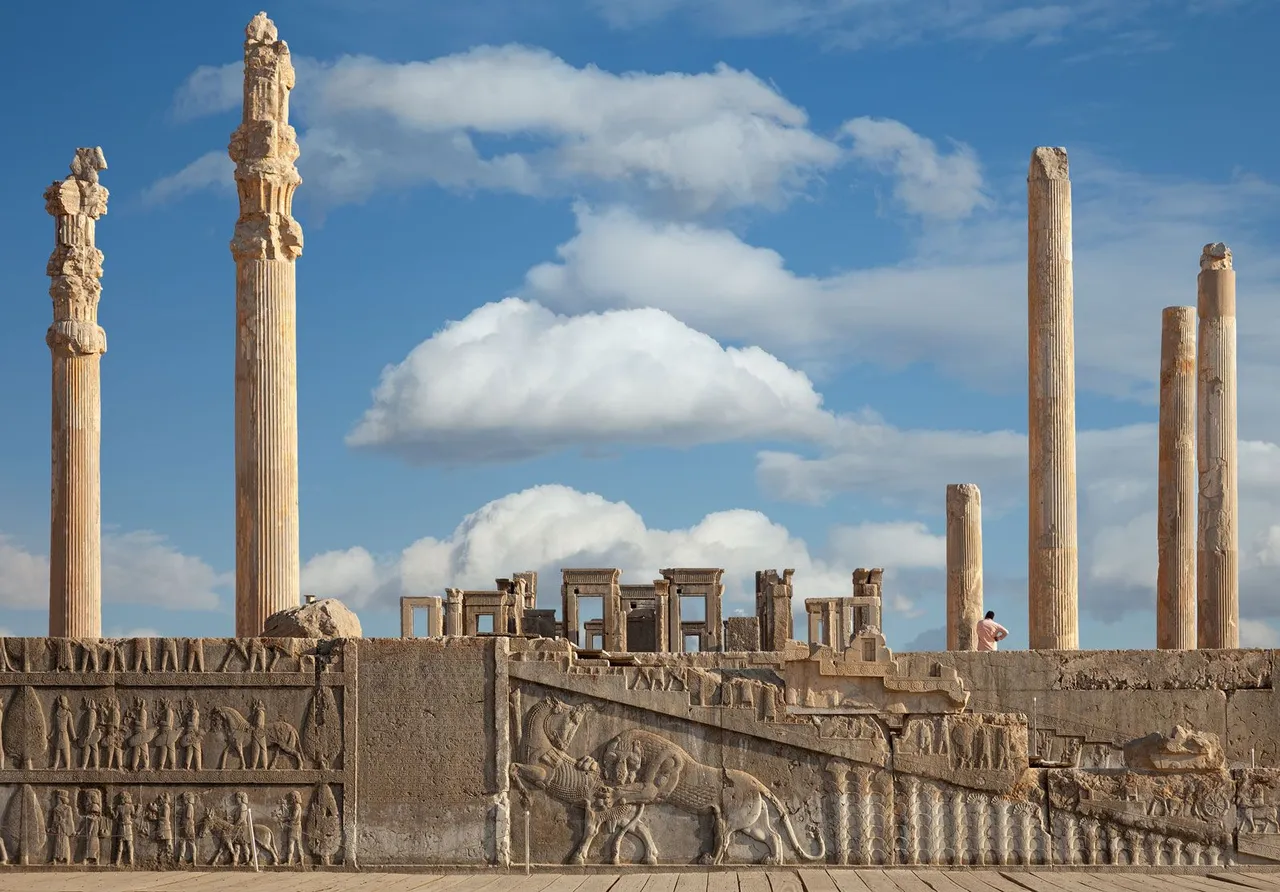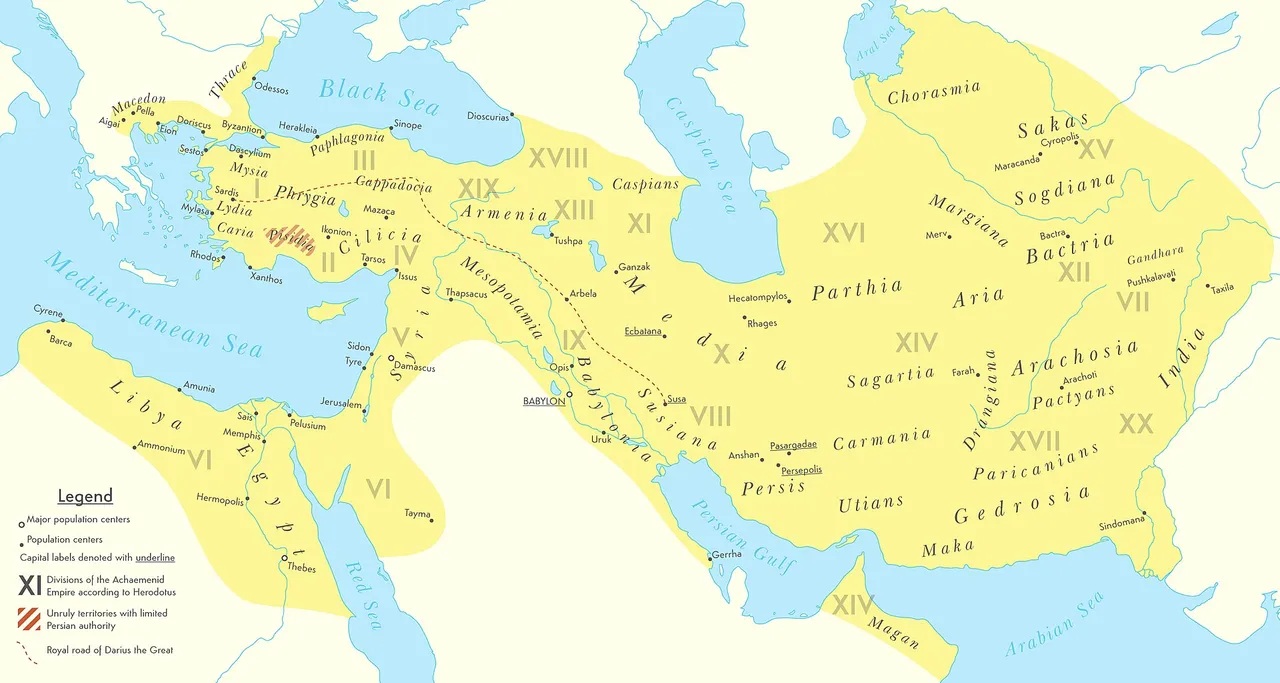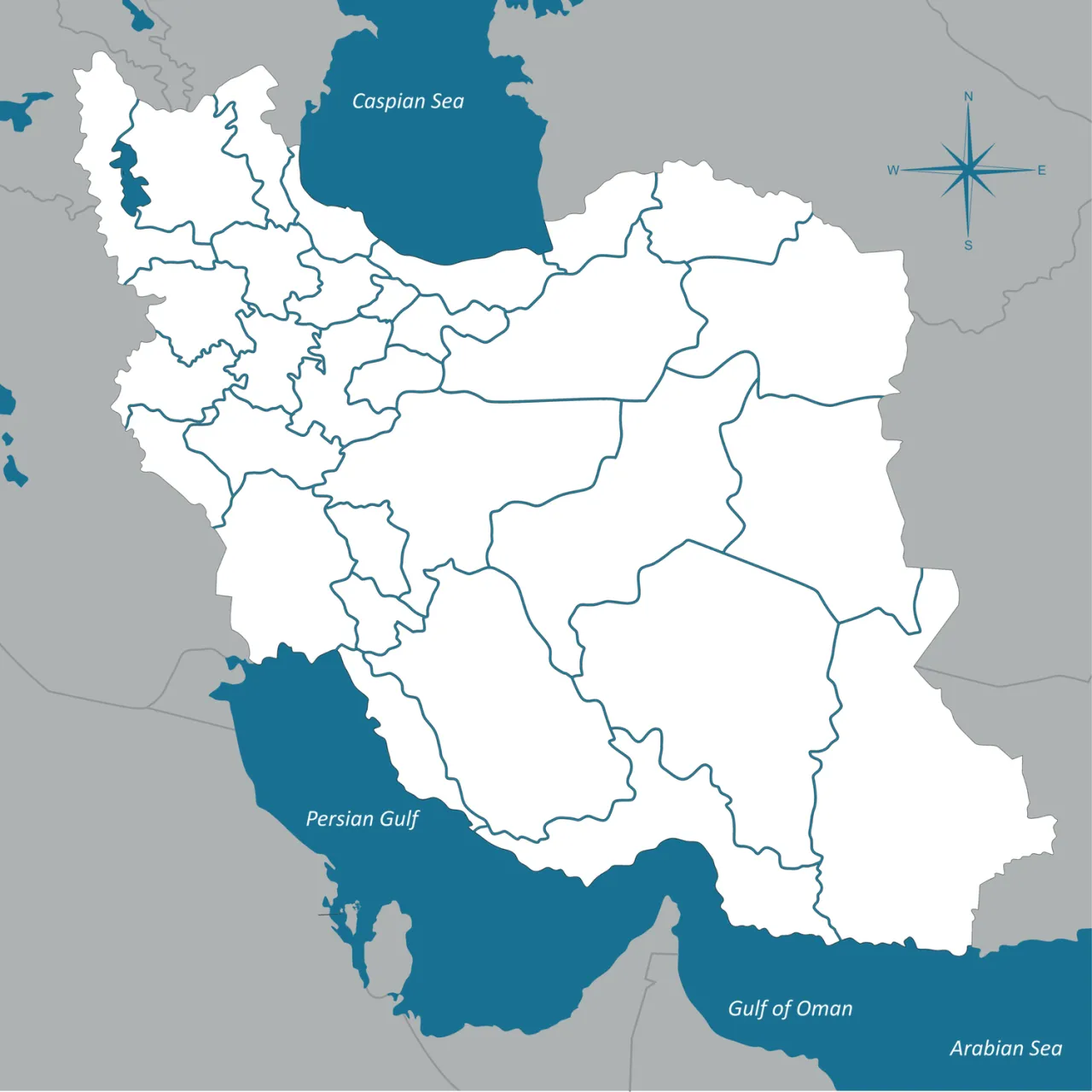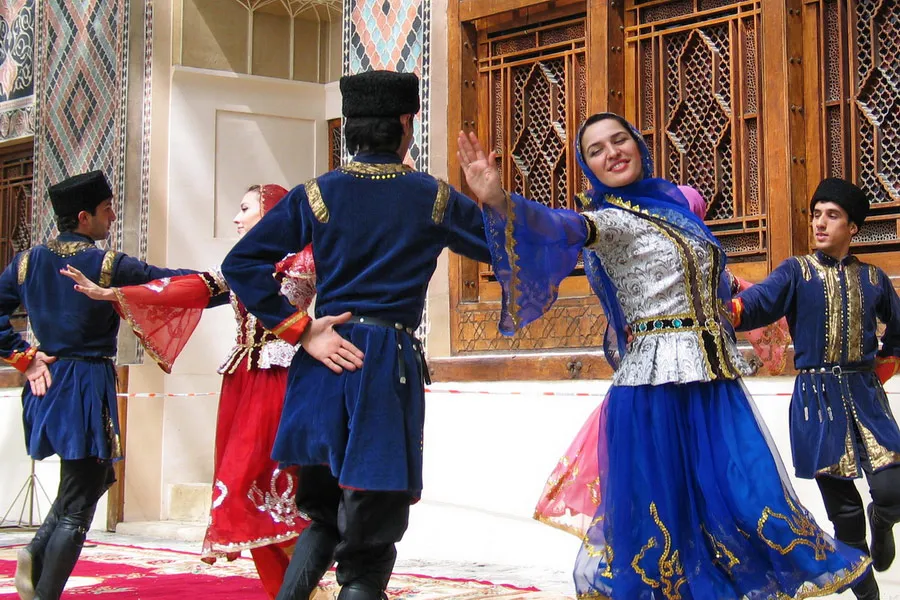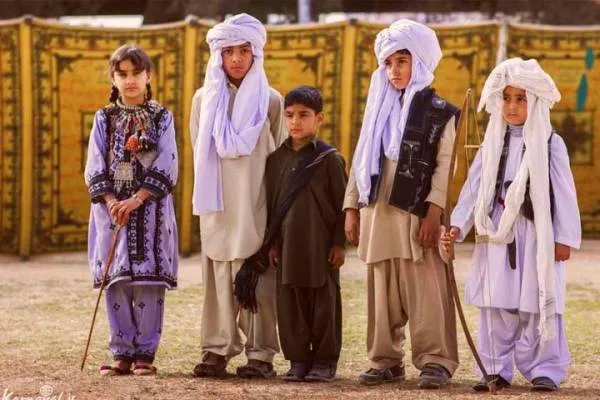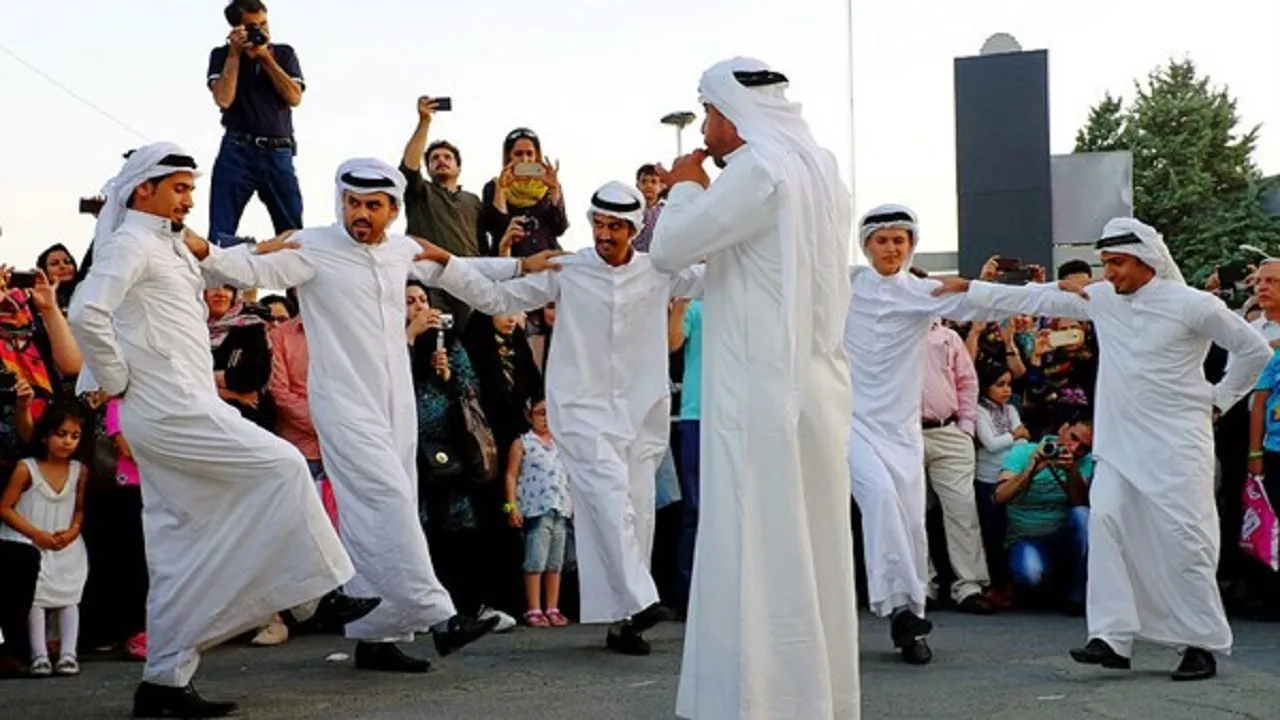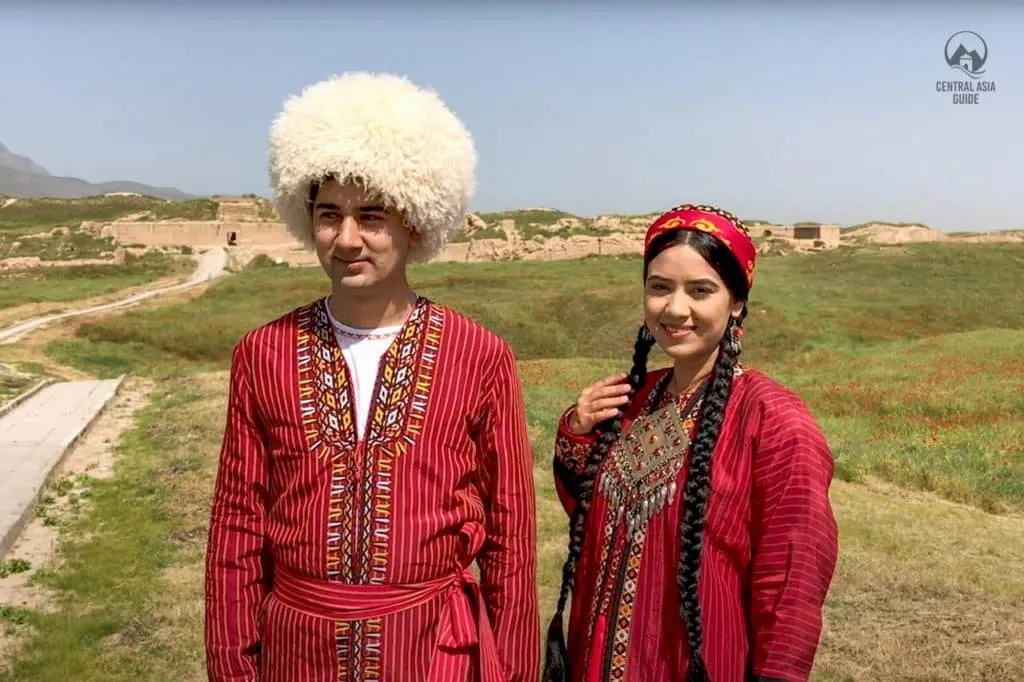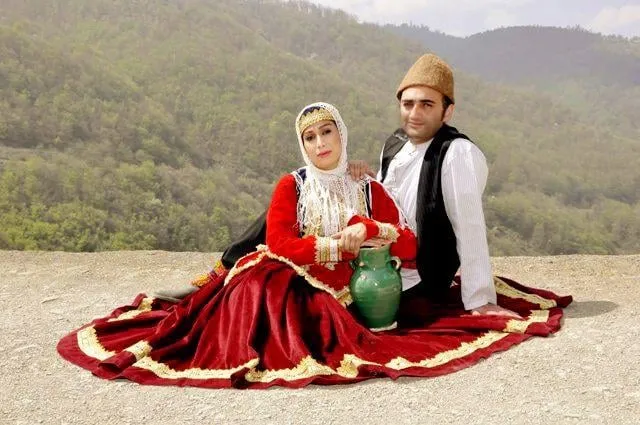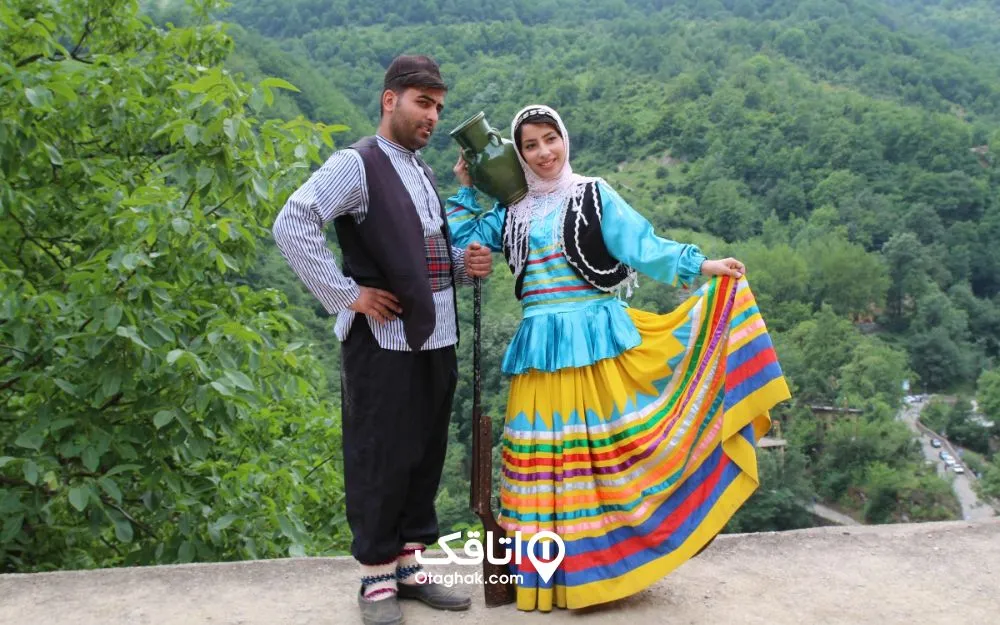Hey there! This is Davood Faramarzi, also known as @davidfar. I am a musician and artist who also writes blogs, sharing my ideas, experiences, and knowledge with people around the world, especially those on the Hive platform.
I would love for you to take a little time to read this because it will open a door that connects us, no matter where you live, helping us understand more about each other's history, literature, culture, lifestyle, and more.
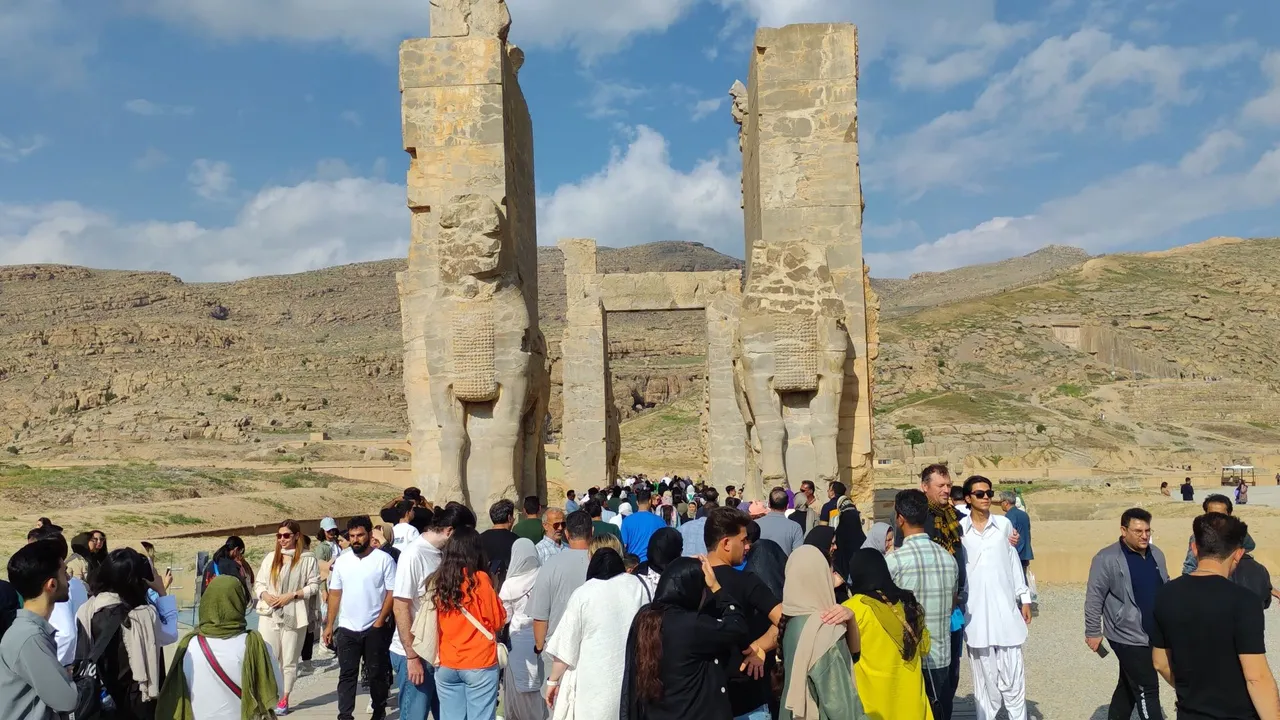
I was looking for a photo that I can capture a lot of Iranians in that, I couldn't find it online so I used one of the photos that I took when I was in Shiraz City in Persepolis.
I have already posted two articles about Iran’s cities and islands, which you can check out below:
Iran's Famous Cities to Visit by Tourists | My Top 10 Cities + Extra Info
@davidfar/irans-famous-cities-to-visit-by-tourists-or-my-top-10-cities--extra-info
I Continued Writing About Iran | This Time It’s About Its Beautiful Islands!
@davidfar/i-continued-writing-about-iran-or-this-time-it-is-about-its-beautiful-islands
But today, I want to write about the people of Iran. Who are the people living inside Iran? You might be surprised to learn that Iran was like the ancient version of the USA before the USA even existed! Iran has long been a land of diverse ethnicities, ruled by kings like Cyrus the Great, who established a unique system of governance that promoted a prosperous society and granted people freedom of choice—even in matters of religion. Imagine, this happened 2,500 years ago when such ideas were nearly unimaginable!
Even though I am writing some info about this topic here, but I also suggest you to read and search about the Achaemenid Empire and Cyrus the Great to know the details better. And if one day you decided to travel to Iran, You can also visit Persepolis and Pasargadae to see the ancient writings and signs and stone carvings on the walls, since you can't read them if you go with a tour group, there you can find Experts, who can help you understand the inscriptions and explain important things about the laws, government, and daily life of that time.
For example, there were specific laws about protecting women. I remember one of these laws, If a woman was pregnant, she received support and was allowed to stay at home while receiving a monthly salary. Additionally, the first known declaration of human rights was written by Cyrus the Great. You can find more information about this by searching online or visiting museums that display these historical artifacts.
Maybe it is good if I share a short info about the Cyrus Cylinder, discovered in 1879 in ancient Babylon (now Iraq). It dates back to the 6th century BC, now it is in British Museum in London City, (The former Director of the British Museum, Neil MacGregor, said that the cylinder was "the first attempt we know about running a society, a state with different nationalities and faiths – a new kind of statecraft".)
Iran is where you can find many ethnic groups, each one of them playing a part in its deep history and culture. Some Westerners may see Middle East as an Arabic land, but it is wrong, and a lot of countries in Middle East has different races and some of them might just speak Arabic language but they are not Arabs (Iraq, Syria, Lebanon, Egypt, Palestine, etc).
Now lets talk about Iran, The main language in Iran is Persian/Farsi and The majority of Iranians are ethnically Persian, but Iran is also a home to significant populations of Azeris, Kurds, Lurs, Baloch, Turkmen, and Arabs, among others. Azeris, for example, form the largest minority group, mainly living in northwestern Iran, and Kurds are living in the west side of Iran (also in North East). The Lurs and Baloch people are living in southwestern and southeastern Iran. (and all of these people also have persian root, with some of their ancestry being Persian.)
It’s important to note that Iran’s cultural and historical roots go far beyond just one ethnicity. The region has been a melting pot of civilization for thousands of years. Long before modern borders existed, Iran was part of the ancient Indo-European migrations, where various groups from the Eurasian steppes moved westward into Europe and south into Asia. This explains why Persian, like many of the European languages, belongs to the Indo-European language family. The Persian Empire also played a major role in shaping history of the region, influencing cultures far beyond it's borders.
By looking at Iran’s ethnic diversity, you can get a better understand of its unique history and the different people who has shaped its identity over thousands of years.
I’ve added this image (Ancient map) to help show my point. Ancient Persia, or the Achaemenid Empire, was even bigger than Iran's latest map, covering areas that are now Iraq, Afghanistan, Turkmenistan, Azerbaijan, Turkey and Armenia, etc. This shared history helps explain why ethnic groups like the Kurds are found across several countries today, like Iraq, Syria, Turkey and Iran. Other groups, like the Azeris (Population of Iranian Azeris are higher than Azerbaijan's Country), Baloch (a part of them are also living in Pakistan), and Lurs, also have connections across modern borders, showing the deep cultural and ethnic ties that existed long before these countries were even formed.
For example, Kurdish people in Iraq, Syria, Turkey, and Iran speak closely related dialects of the Kurdish language, and their cultural traditions, such as Nowruz celebrations, can be traced back to ancient Persian influences. Similarly, the Azeris, who are the second-largest ethnic group in Iran, share linguistic and cultural ties with Azerbaijan, a country that was once part of Persian empires before becoming a separate nation in the 19th century.
The image above also helps explain why countries like Yemen, Lebanon, Palestine, Syria, and Iraq have had relations with Iran. (Just to clarify again, I’m not discussing concepts like Great Persia or border changes—this article is solely focused on history, culture, and relationships.)
Now let's get back to what we were talking about and looking at the latest map of Iran:
Now that you have a better understanding of the people on the map, let's explore how we are connected. From the western side of Iran, we share a border with Iraq, and to the northwest, we connect with Turkey, Armenia, and Azerbaijan. To the north, Iran is bordered by the middle of the Caspian Sea with Russia. In the northeast, we have Turkmenistan, while to the east, we share borders with Afghanistan and Pakistan. To the southeast, we have the Persian Gulf, with Arab countries such as the United Arab Emirates and Oman along the southern coast.
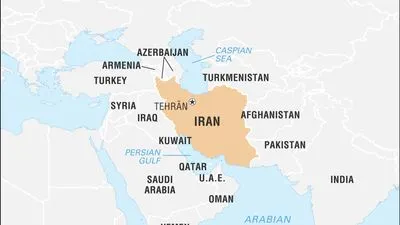
Since we Iranians, like everyone else on this planet, have mixed backgrounds, it’s hard to find anyone who belongs to just one race. So, I’m sharing photos of Iranians that I think show the different ethnic groups and highlight the diversity among us.
This photo showcases all the ethnic groups of Iran, each dressed in their traditional folk clothing. However, in modern times, most people tend to wear t-shirts, jeans, and other contemporary styles typical of today’s fashion.
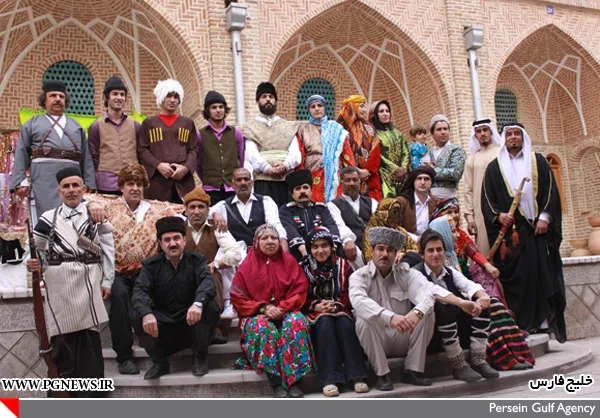
Persians (Farsis)
Persians have deep roots in the country's history, shaping its language, literature, and culture. Their language, Persian (or Farsi), is the official language of Iran, and they are part of the Indo-European race, which they share with many other ethnic groups in Iran. (as I said before Persians had mixed with other races throughout all these years).
Since new Persian people and even most of other ethnics wear modern clothes, I decided to choose this image for Persians.

Image Source
All the other languages below have similarities to Persian/Farsi language and have words that shared between all the languages also there are words borrowed from these languages and added to Persian language.
Azerbaijanis (Azeris)
Azerbaijani people are of Turkic origin mixed with Persians, they also have the same Persian culture, especially through centuries of shared history. They speak Azerbaijani, a Turkic language, but culturally, they have a strong connection to Persian traditions, and their ethnic background has both Turkic and Persian influences.
Kurds
Kurdish people, who live mainly in the western regions, share historical and cultural ties with Persians (as I said they were also mixed by marriage from ancient times), particularly in their language and traditions. Kurdish, which is an Indo-European language, places them in the same broad family as the Persians, and they has long been part of Iran's cultural and political landscape.
Lurs
Lurs, who live in the western part of Iran, are closely connected to the Persian ethnic group, sharing long history and cultural similarities. Their language, Luri, is part of the Indo-European family, and their traditions, while unique, has many overlaps with Persian customs and heritage.
Baloch
The Baloch people, in the southeastern part of Iran, are connected to Persians through their ancient roots in the Iranian plateau. While their language, Balochi,is distinct, they share many cultural practices with Persians, and their ethnic identity is tied to the broader Indo-Iranian group.
Arabs
Arabs in Iran, particularly in Khuzestan, have lived alongside Persians for centuries. While they speak Arabic and belong to the Semitic race, their cultural exchange with Persians over time has created shared customs and practices, making them an integral part of Iran's diverse cultural landscape.
Turkmens
The Turkmen people, living in northeastern Iran, are of Turkic origin, but their roots in the region stretch back centuries. They have interacted with Persians through trade, culture, and politics, and their shared history creates strong cultural and familial ties between the two groups.
Gilaks
The Gilak people of northern Iran have deep historical and cultural connections with the Persians. Their language, Gilaki, is part of the Indo-European family, and their customs, lifestyle, and traditions are closely linked to those of the Persian people.
Mazandaranis
The Mazandaranis, who live along the Caspian Sea, share a strong connection to Persians, both culturally and linguistically. Their language, Mazandarani, belongs to the Indo-European family, and their heritage is deeply intertwined with that of the Persian people.
Armenians
Armenians in Iran have a long history, and while they are a distinct ethnic and religious group, their roots in the region connect them to the Persian people. Armenians have shared cultural, political, and social ties with Persians for centuries, and their language (Completely different alphabets than Persian), Armenian, yet belongs to the Indo-European family.
Each of these ethnic groups as I already said, while they have their unique identities, shares deep historical and cultural ties to the Persian people, forming an interconnected web of traditions, language, and shared heritage that has shaped Iran's rich cultural mosaic.
In the next post, I will write about how some parts of Iran separated from Iran, and then we can learn more about the history of these lands. such as Tajikistan which we don't share a border now (But they know Persian Literature better than us and they celebrate Persian's New Year each year and believe in the ancient Persia. haha)
Thanks for reading, I hope you like this content and I like to read your comments about the things that I am sharing with you! it motivates me to write more!
Peace & Love!
